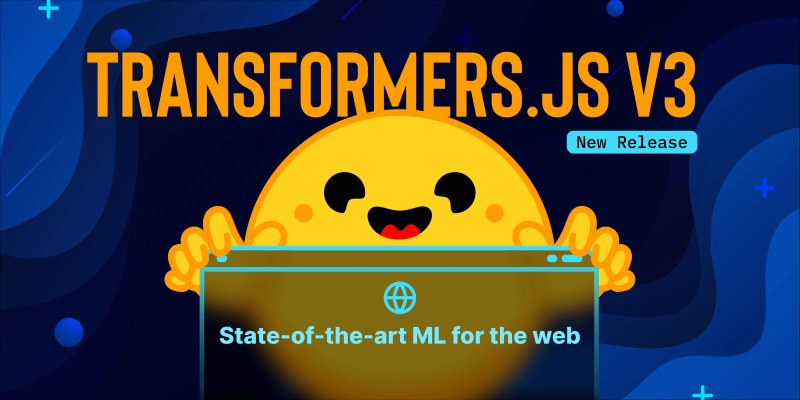Advertisement
Most of us don’t stop to think how much our phones have changed over the past decade. They’ve gone from tools for texting and browsing to devices that feel almost human in how they react and adapt. That shift isn’t just from better screens or faster chips—it's artificial intelligence working quietly behind the scenes. AI in mobiles shapes how phones behave, respond, and even learn from how we use them. From voice commands to camera tweaks that happen in the background, AI is turning smartphones into something much more personal and responsive than ever before.
AI isn't just a feature tucked into apps—it's now built into your phone's hardware. Most new smartphones come with specialized chips called neural processing units, or NPUs. These aren't just faster—they’re designed to handle tasks like voice recognition, real-time translation, and advanced image processing more efficiently than regular processors.
Photography is one of the clearest examples. Your phone no longer snaps a photo—it captures several frames, analyzes lighting, movement, and faces, and then fuses them into one clean shot. No camera knowledge is needed; the AI figures it out for you.
Voice assistants are getting quicker, too. Thanks to on-device AI, your phone can process commands without bouncing the request off a server. That means faster responses and fewer privacy concerns.
Performance has improved in quieter ways as well. Your phone learns which apps you use often, keeps them ready in the background, and pauses the ones you ignore. It feels faster not because of raw power but because AI manages things smarter. The result is a phone that doesn't just run well—it runs with you.
AI-driven features are becoming more tailored. Predictive text has evolved from guessing words to suggesting complete sentences based on how you usually write. Mobile keyboards adjust to your style over time, helping reduce mistakes and speeding up typing.

Voice assistants are no longer just reactive. They're learning to handle complex tasks across apps. You can ask them to send messages, play music, or check appointments, all in one flow. They remember past commands and understand your preferences better when using them.
Phones are also learning habits. If you open a fitness app every morning, your phone might preload it or show a shortcut. If you ignore a certain type of notification, the system might lower its priority or silence it altogether. These adjustments aren't dramatic but make the phone feel more in sync with your habits.
Accessibility is another area in which AI is improving. Real-time speech-to-text, object detection for visually impaired users, and language translation tools are now more accurate and work offline. These tools make phones easier for more people, not just those with the latest models.
AI needs data to learn, but that raises privacy concerns. In response, smartphone makers are focusing more on local processing. With on-device learning, your habits stay on your phone—no uploads, no outside servers.
This shift doesn't just protect privacy—it also speeds things up. Your phone can respond without checking with a server first, which is useful for filtering spam calls, sorting photos, or recognizing faces in pictures, even when offline.
Google and Apple already use this approach. Pixel phones use AI to detect spam calls and help frame photos. iPhones use it for facial recognition, app suggestions, and photo tagging—all without needing the internet. These features work because the phone can learn directly from its user on the device itself.
Still, local AI depends on hardware. Phones without strong processors might lag. That’s one reason high-end phones often offer better AI features. As AI models get more efficient, that gap may narrow, but it’s still a factor.
What we see now is only the beginning. Shortly, phones may become more proactive. Instead of opening five apps to plan a trip, you might just say, "Plan a weekend hiking trip. " Your phone handles the rest—checking the weather, finding trails, booking transport, and sending reminders.

Emotion detection could be another step. AI might pick up on tone, expression, or typing speed to guess your mood. If you seem stressed, your phone might change notification settings or suggest calming content. It’s subtle but could make interactions feel more human.
Security will also keep improving. AI already powers face and fingerprint recognition. In future phones, it might combine multiple signals—voice, face, and behavior—for smoother and more secure access.
AI may also push deeper into health. Phones already track steps and sleep. Soon, they could monitor speech patterns, breathing, and subtle motions to warn early about fatigue or stress.
There's growing interest in combining AI with augmented reality. Phones might use their cameras and AI to overlay directions, identify landmarks, or translate signs in real-time. While AR glasses could take over some of this, the phone will likely stay the brains behind the system.
Battery life could improve with smarter energy use. AI could learn when you usually charge and adjust performance to stretch power when needed. Over time, phones might run longer, not because of bigger batteries but because they manage energy more efficiently.
AI in mobiles is already here, shaping how we use our phones daily. It improves photography, speeds up performance, and makes interactions more natural. It learns your habits, protects your privacy with local processing, and enables features that feel thoughtful rather than technical. As AI evolves, smartphones will become even more responsive and personal. They won't just answer your questions—they'll anticipate your needs. And while that change is happening gradually, its impact is lasting. Phones are no longer just smart. They're learning to understand us.
Advertisement

Explore the top 10 LLMs built in India that are shaping the future of AI in 2025. Discover how Indian large language models are bridging the language gap with homegrown solutions

What happens when transformer models run faster right in your browser? Transformers.js v3 now supports WebGPU, vision models, and simpler APIs for real ML use

How 7 popular apps are integrating GPT-4 to deliver smarter features. Learn how GPT-4 integration works and what it means for the future of app technology

GenAI is proving valuable across industries, but real-world use cases still expose persistent technical and ethical challenges

A step-by-step guide on how to use Midjourney AI for generating high-quality images through prompts on Discord. Covers setup, subscription, commands, and tips for better results

GenAI is proving valuable across industries, but real-world use cases still expose persistent technical and ethical challenges

The Water Jug Problem is a classic test of logic and planning in AI. Learn how machines solve it, why it matters, and what it teaches about decision-making and search algorithms

Want to use ChatGPT without a subscription? These eight easy options—like OpenAI’s free tier, Bing Chat, and Poe—let you access powerful AI tools without paying anything

Windows 12 introduces a new era of computing with AI built directly into the system. From smarter interfaces to on-device intelligence, see how Windows 12 is shaping the future of tech

How to convert Python dictionary to JSON using practical methods including json.dumps(), custom encoders, and third-party libraries. Simple and reliable techniques for everyday coding tasks

How Remote VAEs for decoding with inference endpoints are shaping scalable AI architecture. Learn how this setup improves modularity, consistency, and deployment in modern applications

How the Hugging Face embedding container simplifies text embedding tasks on Amazon SageMaker. Boost efficiency with fast, scalable, and easy-to-deploy NLP models